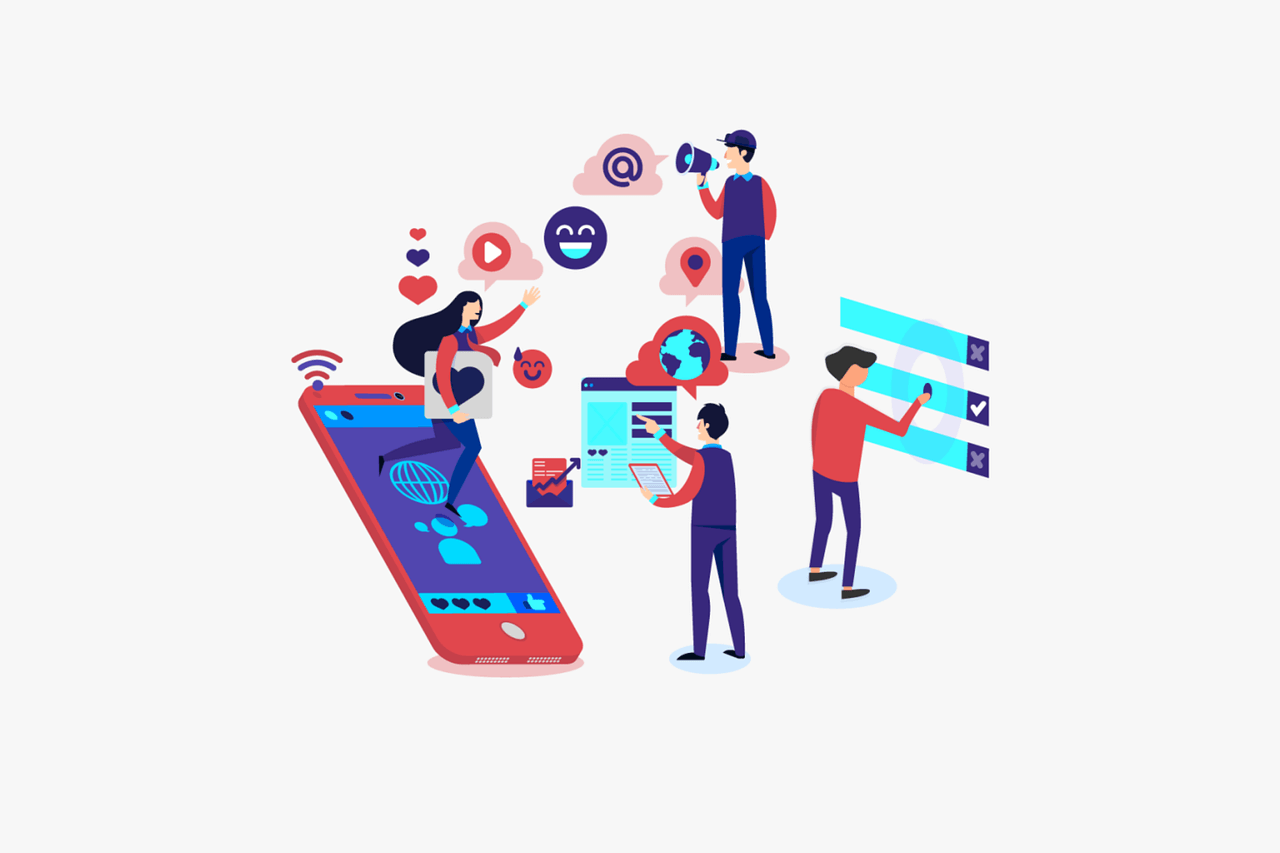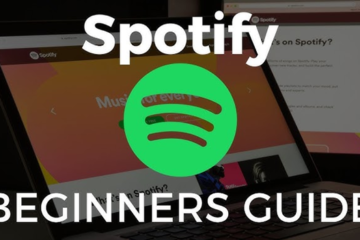Marketing isn’t about throwing ads into the void and hoping they stick. It’s about precision – reaching the right people, at the right time, with the right message. At the core of every high-performing campaign is one essential factor: deep audience understanding. Without it, even the most creative, high-budget campaigns can fall flat.
Many agencies focus too much on creative execution while overlooking the foundation that makes campaigns effective—knowing their audience inside and out. When brands fail to understand their customers’ behaviors, needs, and pain points, they waste money on poorly targeted ads, irrelevant messaging, and missed opportunities.
Understanding an audience isn’t just about demographics. It’s about knowing their motivations, behaviors, and buying patterns. The brands that master audience insights create content and offers that feel personalized, relevant, and impossible to ignore. This is what turns passive viewers into engaged customers and casual browsers into loyal brand advocates.
Common Gaps in Traditional Audience Research
Despite its importance, audience research is often one of the weakest links in marketing. Many agencies still rely on outdated methods, leading to broad, generic messaging that fails to resonate. The biggest gaps in traditional audience research come from over-reliance on static data, assumptions, and limited sample sizes.
One of the most common issues is the use of broad-stroke demographic segmentation. Just because two people fall into the same age group, gender, or income bracket doesn’t mean they have the same interests or buying behaviors. Marketers often make assumptions based on surface-level data, grouping customers together in ways that don’t reflect their real-world differences.
Another major gap is the delay in data processing. Traditional audience research methods take time – surveys need to be conducted, focus groups need to be analyzed, and reports need to be compiled. By the time this data is ready for use, consumer preferences may have already changed. Agencies working with outdated insights often miss key trends and fail to adapt their strategies in time.
The reliance on self-reported data is another weak spot. Surveys and focus groups depend on what people say about their own behavior – but what people say and what they actually do can be very different. Many purchasing decisions are driven by subconscious factors that consumers can’t fully articulate, making it difficult for marketers to capture true intent through traditional research alone.
How AI Identifies Niche Segments and Patterns
The game-changer in audience research today is artificial intelligence. Unlike traditional methods, AI processes massive amounts of real-time data, uncovering patterns and insights that human researchers could never find on their own. Instead of relying on static audience profiles, AI-powered tools continuously update and refine segmentation based on actual behaviors.
AI’s ability to identify niche segments is one of its biggest advantages. Rather than grouping audiences into broad categories, AI pinpoints micro-segments – highly specific groups of consumers with shared behaviors, interests, and motivations. These micro-segments allow agencies to target audiences with hyper-personalized messaging that feels tailored to their exact needs.
AI also excels at spotting behavioral patterns that would otherwise go unnoticed. It can analyze how consumers interact with ads, websites, and content across multiple platforms, identifying which actions indicate strong purchase intent. It can detect which messaging styles lead to higher engagement, which price points trigger conversions, and which content formats work best for different audience segments.
Beyond audience segmentation, AI can predict how consumer preferences are evolving. By analyzing trends in social media engagement, search queries, and buying behaviors, AI can forecast shifts in the market before they fully emerge. This means agencies can get ahead of trends instead of reacting after they’ve already peaked.
AI also eliminates human bias in data analysis. Traditional audience research is often influenced by the assumptions of marketers or the limitations of sample sizes. AI works purely with data, ensuring that insights are objective, comprehensive, and based on actual consumer behavior rather than speculation.
Real-World Examples of AI-Driven Audience Strategies
Agencies that leverage AI-powered audience insights gain a significant competitive advantage. The ability to fine-tune targeting, personalize messaging, and anticipate trends leads to higher engagement, lower ad costs, and better conversion rates. Several industries have already seen massive improvements in their marketing performance through AI-driven strategies.
One example is the e-commerce sector, where brands use AI to analyze real-time shopping behaviors and adjust their campaigns accordingly. Instead of targeting all website visitors with the same retargeting ads, AI helps segment shoppers based on their intent. A user who browses multiple product pages and adds items to their cart but doesn’t complete a purchase may need an incentive like a discount or a limited-time offer to convert. Meanwhile, a first-time visitor who is just exploring may need a more educational approach, such as product comparison guides or customer reviews, to build trust.
In the B2B space, AI-driven insights help agencies refine lead scoring and targeting. Many B2B marketers struggle with high acquisition costs because they spend too much time chasing unqualified leads. AI improves this process by analyzing historical sales data, engagement patterns, and CRM interactions to identify which leads are most likely to convert. This enables agencies to prioritize high-value prospects, reducing wasted effort and increasing overall efficiency.
The travel industry has also seen major benefits from AI-powered audience insights. A travel agency using traditional segmentation might target audiences based on income level and travel frequency, assuming that these factors determine a customer’s likelihood to book a trip. AI Elsa, however, a great persona creation tool, can reveal hidden travel personas – for example, budget travelers who prioritize unique experiences over luxury or last-minute planners who respond best to limited-time deals. By targeting these micro-segments with customized offers, travel brands can significantly improve engagement and bookings.
Another powerful example comes from content marketing and social media campaigns. AI tools analyze which types of content drive the highest engagement among different audience segments. Instead of guessing whether a long-form blog post or a short video will perform better, AI identifies which format resonates best with specific user groups. It can track engagement patterns over time, allowing agencies to optimize their content strategy for maximum impact continuously.
Building Smarter Campaigns with AI Insights
The days of making marketing decisions based on assumptions and outdated reports are over. The agencies that will dominate in the coming years are the ones that embrace AI-driven audience research, using real-time data to craft highly targeted, personalized campaigns.
AI not only helps agencies understand their audience better – it helps them act on insights faster. Instead of spending weeks or months analyzing data, marketers can adjust their strategies on the fly, optimizing campaigns in real time to improve performance. The ability to predict consumer behavior, segment audiences with precision, and uncover hidden trends gives agencies a major edge in an increasingly competitive market.
With AI-powered tools like Elsa, agencies of all sizes can access enterprise-level audience insights without the need for massive research teams or complex data analysis. Elsa integrates seamlessly with marketing platforms, providing instant insights that help agencies reduce wasted ad spend, improve targeting accuracy, and increase engagement rates.
As marketing continues to evolve, the importance of deep, data-driven audience insights will only grow. The question for agencies isn’t whether they should use AI – it’s how quickly they can integrate it into their workflows to stay ahead of the competition.
The brands that invest in AI-driven audience strategies today will be the ones leading the industry tomorrow. Agencies that fail to adopt these insights risk falling behind, relying on outdated methods while their competitors fine-tune every campaign with laser precision.
Marketing success is no longer just about creativity – it’s about strategy, data, and the ability to anticipate what audiences want before they even know it themselves. AI makes this possible, transforming audience research from a slow, manual process into an automated, real-time engine for smarter decision-making.
For agencies ready to take their campaigns to the next level, AI-powered audience insights aren’t just a competitive advantage – they’re the key to long-term success.
Keep an eye for more latest news & updates on Gossips!




